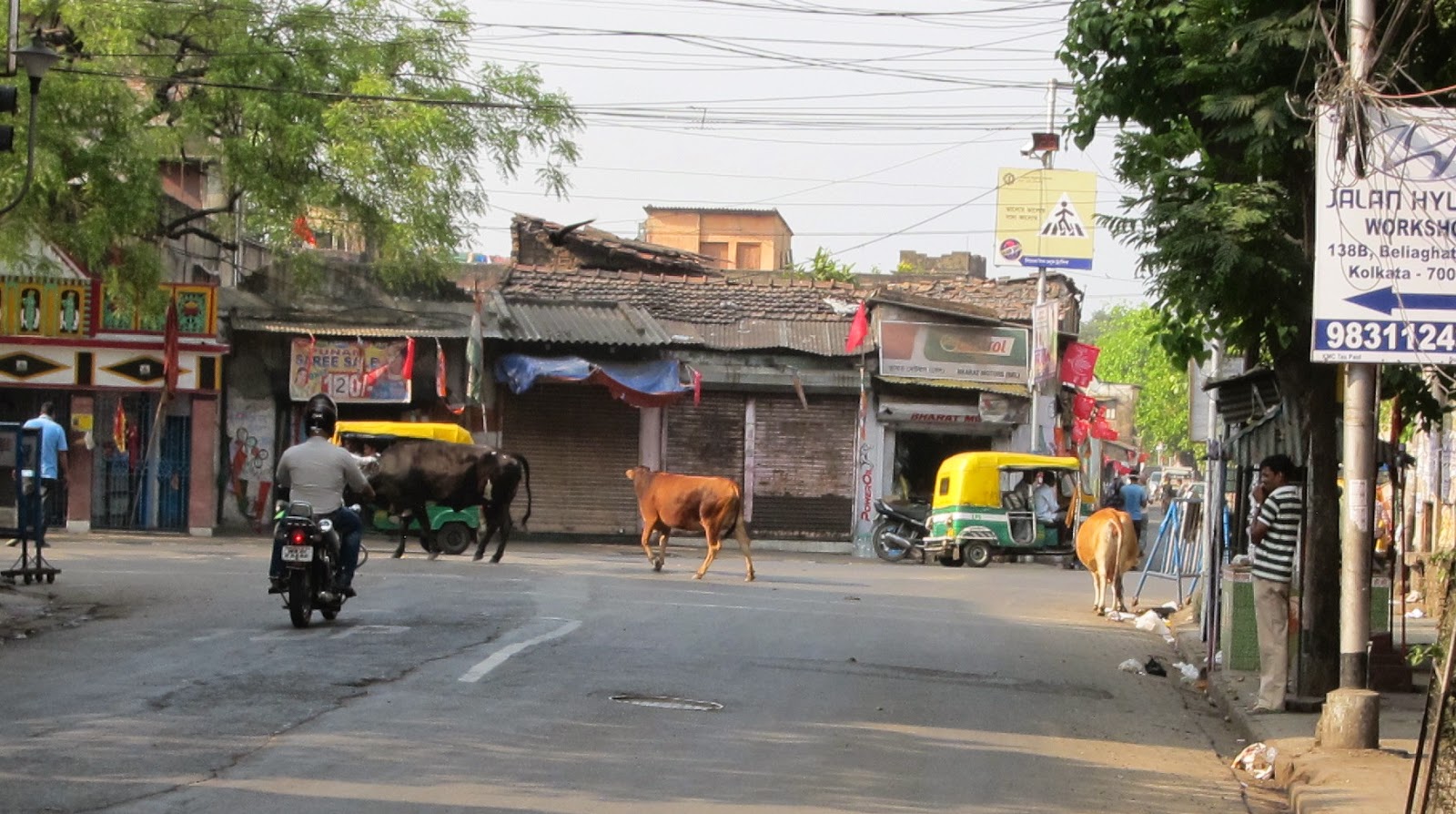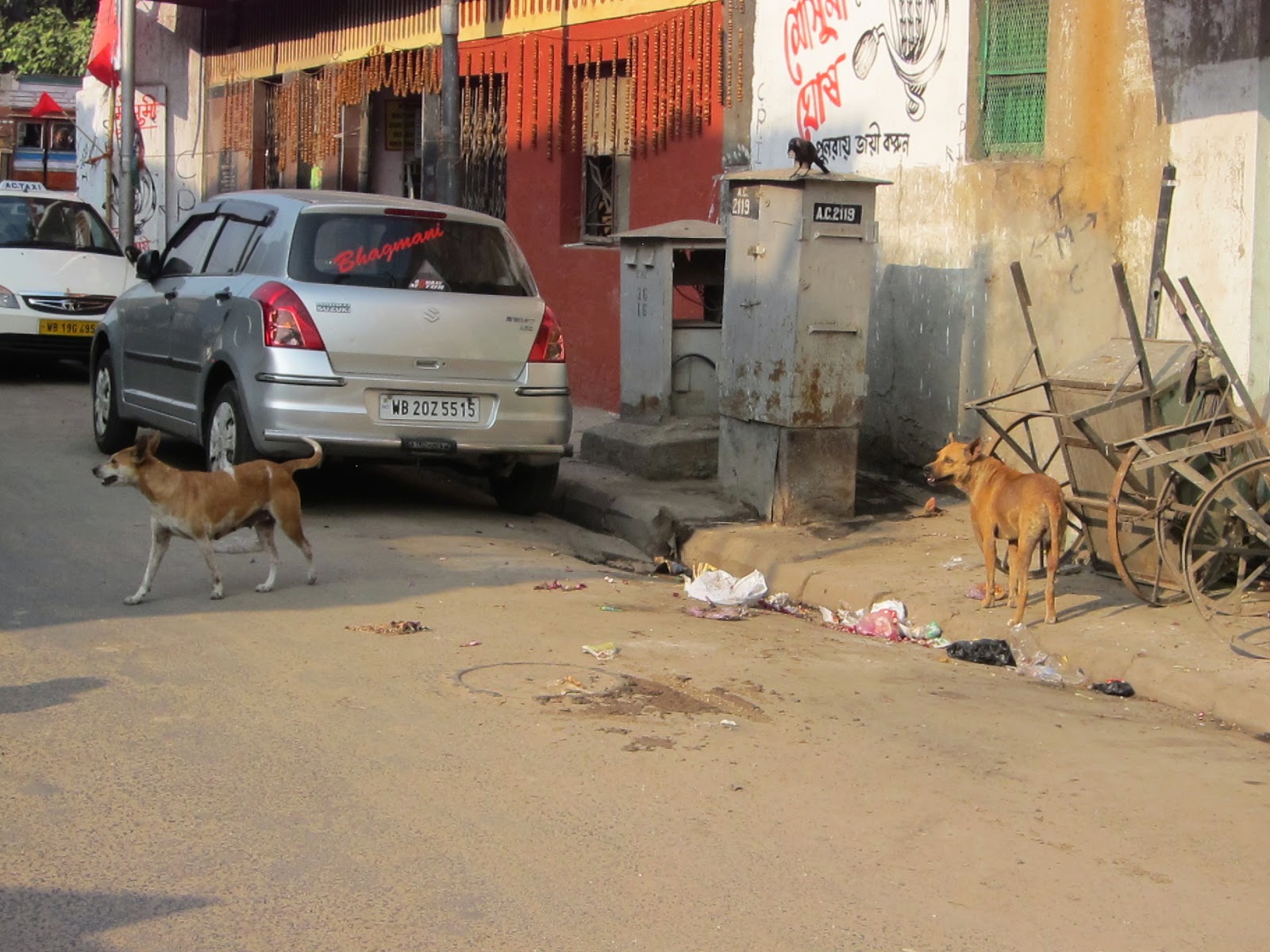Big changes are under way on Kauai, and
curiously, some folks who profess to love the island just as it is
are helping to hasten that transition.
Let's start with Facebook's Mark
Zuckerberg, who's worth about $32 billion. Last year he bought the
357-acre Kahuaina parcel at Waipake and the 393-acre piece on the
coast at Pilaa, for well over $100 million.
Now Zuckerberg is buying up all the
kuleana lots in Pilaa. Rick and Amy Marvin sold out
for a reported $17 million, and Rick's brother did, too. Zuckerberg
is now working on acquiring the Huddy piece, and word has it he's
scouring other titles for weak links that will give him an in. The
goal is to create his own private playground, though Gary Stewart of
Melange International in Denver has a 10% interest in the Pilaa
property.
After the median price fell 4.2% on the
north shore of Kauai, Hawaii, we have made Hanalei our top resort of
the year.
Uh, except Hanalei was never supposed
to be a resort — until the county let the vacation rental industry
explode.
Barron's goes on to say:
HAENA IS LOCATED SIX MILES down a
winding road past Hanalei Bay in Kauai, among the lushest islands of
Hawaii. This north-shore outpost of 450 residents has one mediocre
restaurant, a day spa run by angry hippies, a bare-bones motel
without televisions in the rooms, and a “last chance” general
store. And yet, you will be hard pressed to find anything to rival
Haena for unadulterated natural beauty.
The immediate backdrop is the soaring
rain-forest-covered mountains and waterfalls of the rugged Na Pali
Coast. Tucked in a mountain fold is Limahuli Garden and Preserve, a
national botanical garden that conserves tropical plants and trees,
such as shampoo ginger and coral trees. Opposite sits the Haena State
Park, and the Ke’e and Tunnels beaches with their maze of
underwater lava tunnels and reef funnels -- considered to be one of
the finest diving spots in all of Hawaii, but remarkably empty of
tourists.
So it’s no surprise that behind
Haena’s hedges, the seriously famous restore themselves with the
area’s low-key privacy and solitude: Julia Roberts, Pierce Brosnan,
Bette Midler, Craig T. Nelson, Charo, Glenn Frey of the Eagles, and
Sandra Tillotson, the co-founder of Nu Skin Enterprises.
Kaonohi Point is found down one of
Haena’s dirt roads. At one time, Sylvester Stallone wanted to build
a celebrity camp on this spit of land. His plans fell through, but
eventually a small clutch of houses were built. One of them, Kaonohi
Point, offers a 150-foot entrance to a white sand beach and a
snorkeling paradise around the bay’s reef.
The three-bed, three-bath bottle-green
home offers a modest 2,355 square feet of living space, the interior
crafted from fir and limestone and mounted on pillars so that a
storm-thrashed sea can sweep underneath. A small media room and a
gourmet’s compact kitchen are easy to maintain; a bathtub,
seemingly floating in the treetops, offers breathtaking views of
pristine beach, rolling waves, rugged coast.
We walked through the landscaped
gardens and down to the beach, where rare monk seals regularly
shuffle up and sun themselves. Pierce Brosnan lives directly opposite
the scalloped bay; Anthony Kiedis of the Red Hot Chili Peppers is
Kaonohi Point’s immediate neighbor. Michael R. Schmidt, of Coldwell
Banker Bali Hai Realty, representing many desirable properties in the
area, pointed at the turquoise water. “Lot of lobster in that bay,”
he said. The only downside: Three or four bathers might sit on the
public beach directly in front of the house, shaded by the property’s
beach heliotrope trees.
Priced at $5.5 million, Kaonohi Point
is good value for the money compared with the beachfront properties
down the road in Hanalei. The rain-washed town was made famous by the
film The Descendants, and many of the beach properties are still
owned by a couple of old Kauai families and their trusts. The
flip-flop-wearing landed gentry and hardcore surfers get hammered on
beer and Mai Tais at the Tahiti Nui bar, or eat grilled Opakapaka, a
crimson snapper, at the Dolphin Restaurant, where the sound system
plays Santana and a shark’s bleached jaws hang from the wall.
Right on Hanalei Bay beach, in walking
distance from town, sits 4914 Weke Rd. The three-bedroom, two-bath
cottage -- with a two-bed, one-bath vacation rental at the gate --
looks promising at first blush, but a look inside reveals a dark,
cramped, suburban 1998 interpretation of an Arts and Crafts cottage.
The $11.4 million asking price seems inflated.
At 5514 Weke Rd. stands a handsome
3,125-square-foot contemporary home, all in yellow, with a
1,051-square-foot guest cottage. The master bedroom -- behind glass
walls that open for plein-air living -- faces the town’s state park
and beach. A public picnic table is just feet from the master bed and
means there’s little privacy for the $11 million asking price.
A few months ago, it was widely
reported Mark Zuckerberg spent over $100 million purchasing 700 acres
farther down the coast. At the same time, anonymous limited liability
companies were spending $35 million buying up unassuming shacks on
five lots sitting on a peninsula jutting into Hanalei Bay, along the
Waoli River. When we drove into the property, a small army of workmen
were busy clearing dead trees and brush. Insiders were convinced that
it was Zuckerberg’s handiwork, and that he was going to turn the
peninsula into his beachfront hangout, but the broker involved has
lately dampened speculation that Zuckerberg was also behind these
purchases.
FOR $1 MILLION TO $3 MILLION, says
Elite Pacific Properties broker Sean Ahearn, you can get a decent
second home in Princeville, the 9,000-acre centrally planned
community on the bluffs overlooking Hanalei Bay.
Seacliff Plantation is just down the
coast. Surrounded by a national park and bird sanctuary, with
unrestricted views of the lava-ragged coast, its 48 lots max out at
10 acres apiece. A garish Las Vegas castle, complete with bridge over
the pool and koi fish swimming through the house’s interior floors,
is offered at $10.9 million; actor Will Smith and his family rented
the place over the holidays.
We preferred Kahakai, a three-bedroom
home in a secluded valley that created an elegant modernist sanctuary
of 3,000 square feet from glass walls, Italian furniture, and
Balinese wood. The asking price is $3.5 million; taxes run $1,000 a
month. We thought the view of the coast -- which can’t be tampered
with due to the surrounding park -- was alone worth well over $1
million.
Meanwhile, as Barron's and Hollywood continue to extol the virtues of fantasy island, folks like Christine Queen of Kapaa are advocating for an idealized,
unrealistic approach to farming that is destined to further hasten
the collapse of ag on this island.
I don’t think many of us are against
having a dairy farm or two on the island. It would certainly help in
our efforts toward sustainability, but the proposed dairy at
Mahaulepu is a factory farm. I drove by a small version of such a
farm back in Michigan on a regular basis. It stank, and I’d
estimate it only housed 200 cows. We should encourage and support
smaller, locally owned dairies in suitable locations around the
island.
So if even 200 cows is too many, what
is a suitably-sized diary that won't incur the wrath and litigation
of neighbors who have bought on or near ag land? And has Christine or
any of her allies stopped to think about whether 10 or 15 or 50 cows
could be economically viable, considering the many health and
environmental regulations a dairy must meet?
Currently, the only dairy I know of is
the Wooten's goat farm, and they're just selling very expensive goat
cheese. Why? Because that's the only way to make money. Though some
would love the pastoral ideal of Bossie and her calf grazing in a
meadow, that is not an economically viable model, and it's not going
to feed folks — especially those who can't afford pricey artisanal
food.
There's so much fantasy and
make-believe going on about agriculture on Kauai right now, including the
Poipu folks who are primarily worried about their property values but professing their devotion to malama aina. Among them are Bridget
Hammersmith, who is leading the fight against the Mahaulepu dairy.
Though she claims to be motivated solely by her deep love for the
aina, she threw a fundraiser for Republican gubernatorial candidate
Duke Aiona — not a greenie by any stretch — at her ritzy
southside house last year.
As a farmer friend wrote in an email today after flying on Hawaiian Airlines and reading its inflight magazine:
It illustrates perfectly your comment
about the "brand used to promote the ever escalating tourism
industry." If I see one more article about farming in Hawaii
featuring a malo clad, tattooed actor harvesting a pathetic ten feet
by ten foot lo'i kalo, I'll have to use the barf bag in the seat
pocket...if they still have them. I know what I'm saying is
politically incorrect and there's nothing wrong with doing
reenactments, just don't confuse it with production agriculture.
But “production agriculture” —
farming that actually makes money — is now a dirty word, reframed
as “industrial agriculture.” So instead of actually helping
farmers survive, folks like Christine Queen are raising money to
fight the "industrial" dairy.
In the end, the reality is this: If ag dies, high-end development is going to take its place. And soon
the farming foes will be crying over “paradise lost” — never
dreaming they helped in its demise.



































